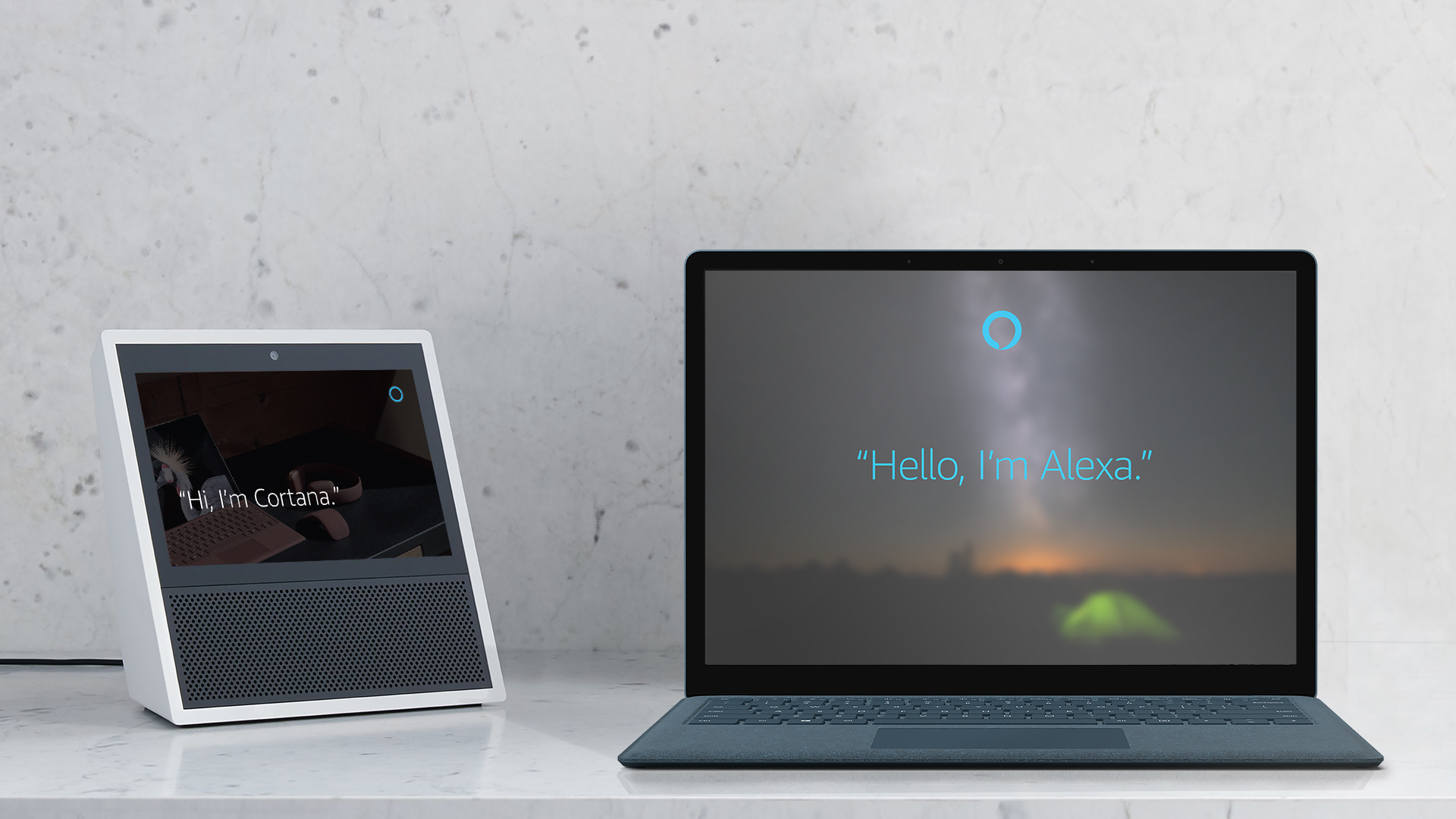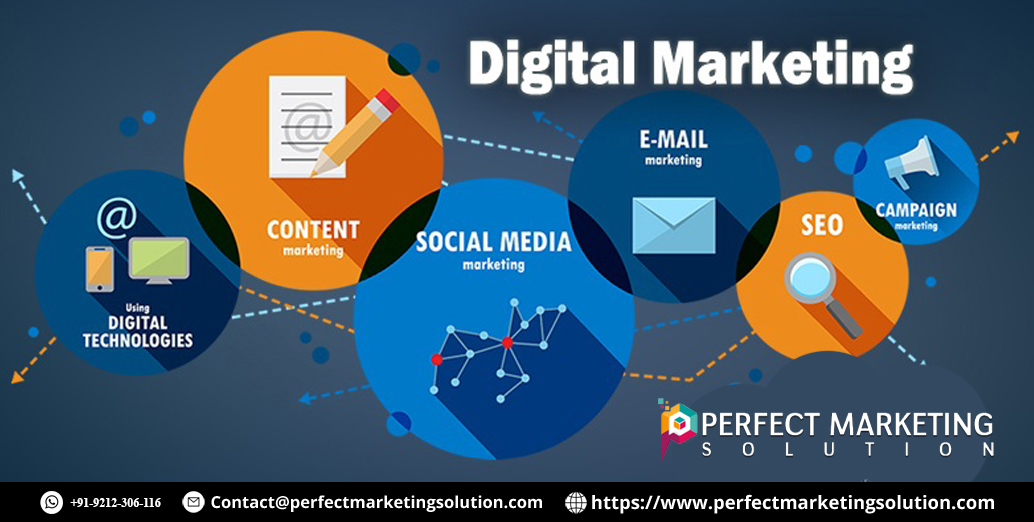How can I avoid using confusing or misleading language in my email copy?
Writing clear and effective email copy is crucial for ensuring your message is understood and well-received. To avoid using confusing or misleading language, focus on clarity, simplicity, and transparency. Avoid jargon, ambiguous phrases, or overly complex sentences that might confuse your readers. Be direct in your communication, use straightforward language, and ensure that the intent of your message is unmistakable. Additionally, proofread your emails for potential misunderstandings and seek feedback to further refine your content.

In the realm of digital marketing, effective communication is vital for engaging your audience and fostering trust. Email marketing is a powerful tool that allows brands to connect directly with their customers. However, using confusing or misleading language can hinder your efforts and damage your reputation. This guide provides insights and strategies to help you craft clear and honest email copy that resonates with your readers.
Understanding the Importance of Clarity in Email Communication
Clarity is essential in email communication. When readers encounter confusing or misleading language, they may feel frustrated or misled. This can lead to higher unsubscribe rates, lower engagement, and damage to your brand’s credibility. Striving for clarity not only enhances the user experience but also builds trust with your audience. Clear communication ensures that your message is understood as intended, leading to better responses and conversions.
Identifying Common Sources of Confusion in Email Copy
To avoid confusion in your email copy, it's crucial to understand what commonly leads to misunderstandings. Here are several pitfalls to be aware of:
Using Jargon and Technical Terms
Using industry-specific jargon or technical terms can alienate readers who are not familiar with your field. While such language might be clear to industry insiders, it can create barriers for your audience. Strive to use simple and straightforward language that everyone can understand.
Ambiguous Language and Vague Promises
Ambiguity in language can lead to misinterpretations. For example, phrases like "best value" or "limited time offer" can be unclear without context. Always strive for specificity in your claims and promises. Clearly outline what the reader can expect from your offer.
Overly Complex Sentences
Long, convoluted sentences can be difficult to follow. Email readers often skim content, so it is important to keep your sentences concise and to the point. Breaking down complex ideas into simpler, shorter sentences enhances readability and comprehension.
Misleading Subject Lines
Subject lines are the first impression of your email, and misleading subject lines can lead to disappointment and distrust. Ensure that your subject lines accurately reflect the content of your email. Misleading subject lines may lead to higher open rates initially, but they can ultimately damage your reputation and increase unsubscribe rates.
Strategies for Crafting Clear Email Copy
To create effective and clear email copy, consider the following strategies:
Know Your Audience
Understanding your audience is crucial for effective communication. Conduct research to determine your audience’s preferences, pain points, and language style. Tailoring your message to align with their expectations will enhance engagement and trust.
Use Clear and Concise Language
Aim for simplicity in your writing. Use short sentences and straightforward vocabulary. Eliminate unnecessary words or phrases that do not add value to your message. This approach helps readers grasp your message quickly and easily.
Be Specific in Your Messaging
Instead of making vague promises, be specific about what you are offering. For instance, instead of saying "great discounts," specify the percentage off or the actual price reduction. Clear and precise details help set accurate expectations and build credibility.
Employ a Conversational Tone
Using a conversational tone can make your emails feel more approachable. Write as if you are having a friendly chat with your reader. This helps create a connection and fosters a sense of trust.
Utilize Bullet Points for Clarity
While you requested not to use bullet points, breaking down information into easy-to-digest sections can improve clarity. Consider using short paragraphs or headings to segment your email content. This structure helps guide the reader’s attention and makes the email easier to skim.
Incorporate Visual Elements
Visual elements, such as images, infographics, or charts, can enhance your email content and clarify your message. Visuals can help explain complex ideas or present data in an engaging way. Ensure that any visuals you include are relevant and support your written content.
Edit and Proofread Your Copy
Always take the time to edit and proofread your email copy. This step is crucial for identifying confusing language, grammar mistakes, or ambiguous phrasing. Reading your email aloud can help you catch any awkward or unclear sentences that may confuse your readers.
Test Your Email Before Sending
Consider conducting A/B testing on your email campaigns. This process involves sending different versions of your email to segments of your audience to determine which performs better. Testing allows you to gauge reader reactions and refine your language based on actual feedback.
Seek Feedback from Colleagues or Peers
Before sending your email to your audience, seek feedback from colleagues or trusted peers. They can provide valuable insights and help identify any confusing or misleading language you may have overlooked. Fresh eyes can spot issues and suggest improvements.
Monitor Engagement and Adjust Accordingly
Once your email is sent, monitor engagement metrics such as open rates, click-through rates, and unsubscribe rates. If you notice a decline in engagement or a spike in unsubscribes, reevaluate your language and messaging. Analyzing your performance can help you refine your email copy in future campaigns.
The Role of Compliance in Email Marketing
In addition to clarity, ensuring compliance with email marketing regulations is essential. Familiarize yourself with regulations like the CAN-SPAM Act and GDPR. These regulations require transparency in your messaging, including clear opt-out options and honest representations of your products or services. Non-compliance can lead to legal consequences and damage to your reputation.
Crafting clear and honest email copy is essential for effective communication and building trust with your audience. By avoiding confusing language, employing straightforward messaging, and continually refining your approach, you can create impactful email campaigns that resonate with your readers. Remember that clarity is not just about what you say, but how you say it. By following the strategies outlined in this guide, you can enhance your email communication and drive better results for your brand.
FAQs About Avoiding Confusing or Misleading Language in Email Copy
What types of language should I avoid in my email copy?
Avoid jargon, technical terms, ambiguous phrases, and overly complex sentences. Strive for clear, concise, and straightforward language to ensure your message is understood.
How can I ensure my subject lines are effective?
Make sure your subject lines accurately reflect the content of your email. Avoid misleading phrases that may lead to reader disappointment.
What role does understanding my audience play in email copywriting?
Understanding your audience allows you to tailor your language and messaging to resonate with their preferences and needs, enhancing engagement and trust.
Is it necessary to proofread my email copy?
Yes, proofreading is essential to identify and correct confusing language, grammar mistakes, and awkward phrasing. This step helps ensure clarity and professionalism in your communication.
What are some common pitfalls to avoid in email marketing?
Common pitfalls include using misleading subject lines, relying on jargon, making vague promises, and failing to monitor engagement metrics. Avoiding these issues can enhance your email effectiveness.
How can I make my email copy more engaging?
Using a conversational tone, incorporating visuals, and employing clear and concise language can make your email copy more engaging and approachable.
What is A/B testing, and how does it benefit my email campaigns?
A/B testing involves sending different versions of your email to segments of your audience to determine which performs better. It provides insights into reader preferences and helps refine your messaging.
How can I measure the effectiveness of my email copy?
Monitor engagement metrics such as open rates, click-through rates, and unsubscribe rates. Analyzing these metrics can help you gauge the effectiveness of your language and messaging.
What should I do if I notice a decline in engagement?
If you notice a decline in engagement, reevaluate your language, messaging, and subject lines. Consider gathering feedback and adjusting your approach based on your audience’s reactions.
How can I ensure compliance with email marketing regulations?
Familiarize yourself with regulations like the CAN-SPAM Act and GDPR. Ensure transparency in your messaging and provide clear opt-out options to comply with legal requirements.
Get in Touch
Website – https://www.webinfomatrix.com
Mobile - +91 9212306116
Whatsapp – https://call.whatsapp.com/voice/9rqVJyqSNMhpdFkKPZGYKj
Skype – shalabh.mishra
Telegram – shalabhmishra
Email - info@webinfomatrix.com
What's Your Reaction?






















